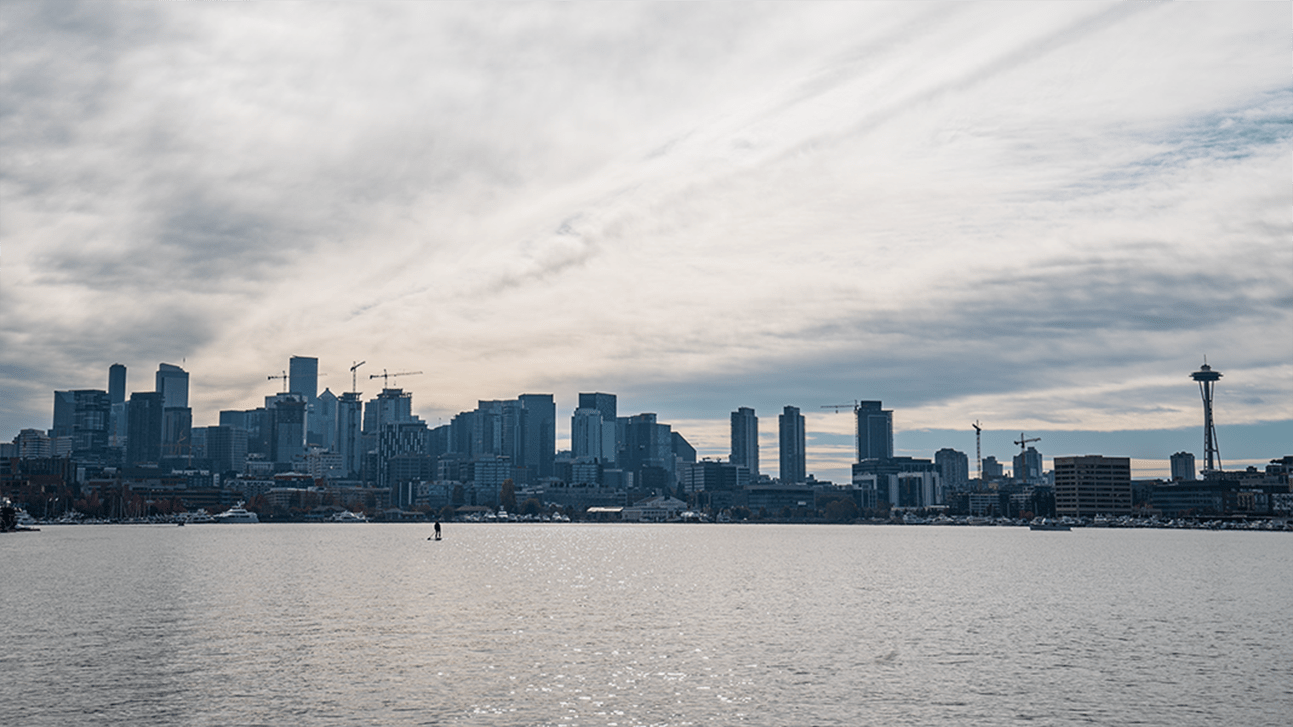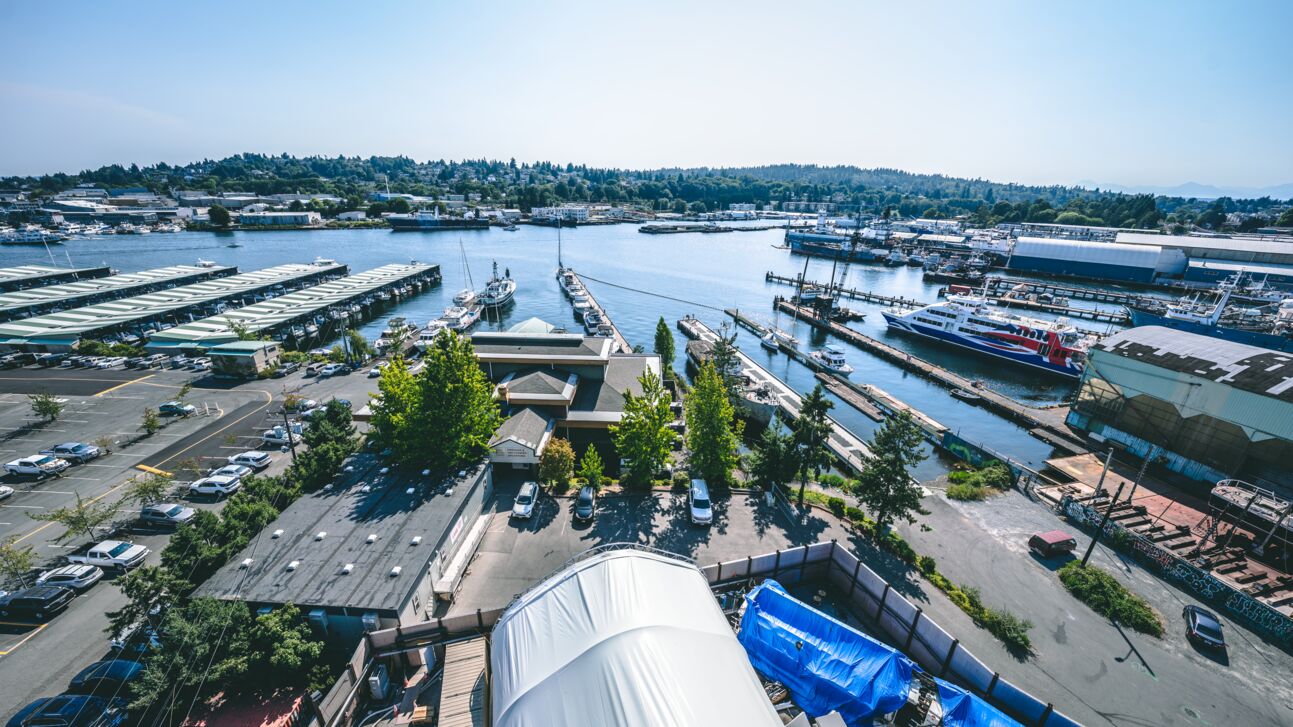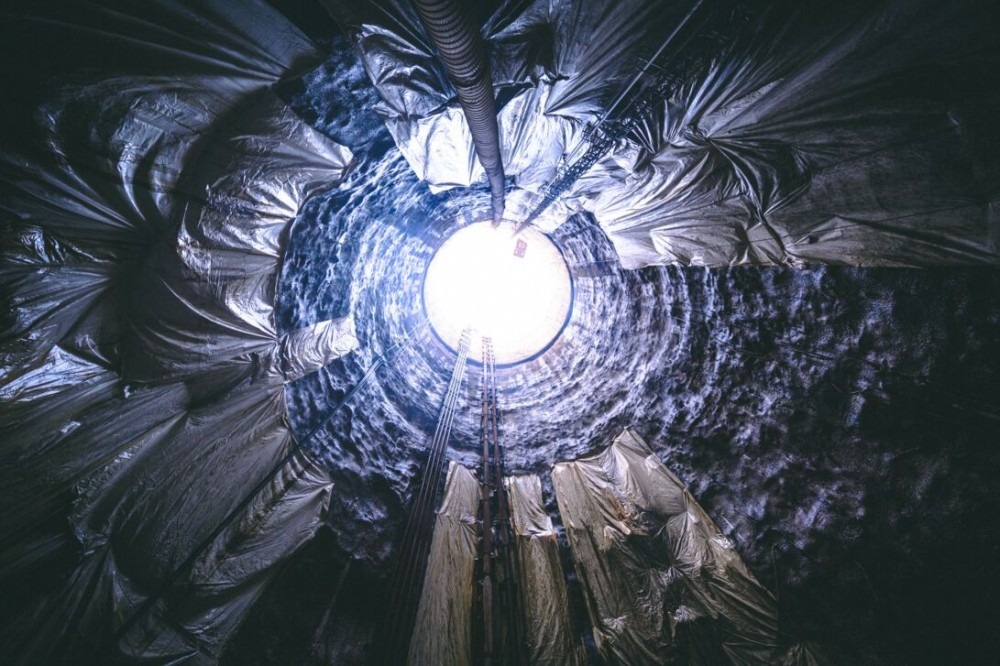Who doesn’t benefit from cleaner water? If untreated sewer overflows reach local water, contaminants can affect both public and environmental health. A new tunnel in Seattle, part of the Ship Canal Water Quality Project, promises to help prevent an annual average of 75 million gallons of polluted stormwater and sewage from entering the Lake Washington Ship Canal, Salmon Bay, and Lake Union.
About the New Tunnel
During dry weather, local sewage can flow relatively easily to a local wastewater treatment plant. But wet weather has presented a challenge by exceeding the older system’s pipes’ capacity, thus sending a mix of 90% stormwater and 10% sewage to the nearest water body. The new tunnel, which is 2.7 miles long (roughly 4.3 kilometers) and 18’10” in diameter (roughly 5.7 meters), can trap and temporarily store more than 29.6 million gallons of stormwater and sewage during heavy rains at once. That’s equivalent to more than 1,900 backyard swimming pools. When blue skies return, these flows will go to the wastewater treatment plant. This new storage tunnel for stormwater and sewage flows will sit underneath Ballard, East Ballard, Fremont, Queen Anne, and Wallingford (1).
An Unusual Name, by Popular Demand
How do you dig such a large tunnel? You use a Tunnel Boring Machine (TBM). The massive “MudHoney” is a TBM that is 21′8′′ in diameter (roughly 6.6 meters). You may be surprised to learn that it got its name through a contest held in early 2021 – 1,200 name suggestions were received and over 30,000 votes were cast. Seattle Public Utilities (SPU) unveiled the name, MudHoney, in honor of a local band (2). “Since the late ’80s, Mudhoney, the Seattle-based foursome whose muck‐crusted version of rock, shot through with caustic wit and battened down by a ferocious low end, has taken a stand against overflows into our waterways,” SPU shared in a press release.
The Schedule
MudHoney started digging this summer. This project is expected to be completed and operational by 2025, and is a joint project between the City of Seattle and King County. MudHoney isn’t Lane’s first or only active TBM. Lane was involved in the Northeast Boundary Tunnel (NEBT) Project in Washington, D.C., and in tunnel works in Fort Wayne, Indiana.
Outline
Effect on Seattle’s waters
- The new tunnel will prevent an annual average of 75 million gallons of polluted stormwater and sewage from entering the Lake Washington Ship Canal, Salmon Bay, and Lake Union
- MudHoney started digging this summer and the tunnel will be operational by 2025
Story Behind its Name
- What is it (how it will work, stated simply)
- It’s a Tunnel Boring Machine (TBM) that will construct the new storage tunnel for stormwater and sewage flows underneath Ballard, East Ballard, Fremont, Queen Anne, and Wallingford (2)
- MudHoney itself is 21′8′′ in diameter (roughly 6.6 meters), and the tunnel it digs is 18′10′′ in diameter (roughly 5.7 meters)
- Its name and how it has become part of the community
- A contest to name the new TBM in early 2021 received 1,200 name suggestions and over 30,000 votes; Seattle Public Utilities unveiled the name
- The name is in honor of a local band, “Since the late ’80s, Mudhoney, the Seattle-based foursome whose muck-crusted version of rock, shot through with caustic wit and battened down by a ferocious low end, has taken a stand against overflows into our waterways,” SPU shared in a press release about the naming. (2)
Other Similar Lane Projects
(1) Ship Canal Water Quality Project. 2021. Investing in the Health of the Sound and the Future of Our Region. Accessed November 9, 2021.
https://spushipcanal.participate.online/
(2) Walker, Meghan. 2021, April 13. My Ballard. Ballard’s tunnel boring machine gets a new name: MudHoney.
https://www.myballard.com/2021/04/13/ballards-tunnel-boring-machine-gets-a-new-name-mudhoney/







